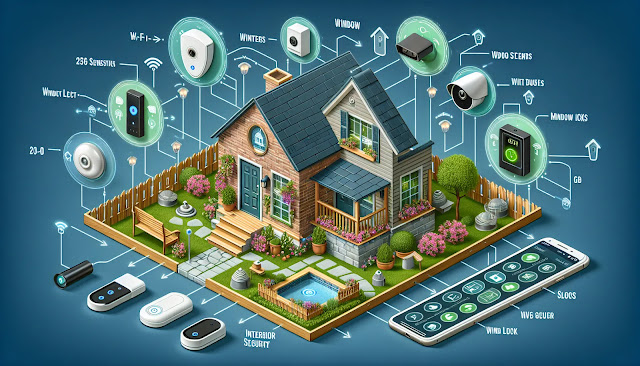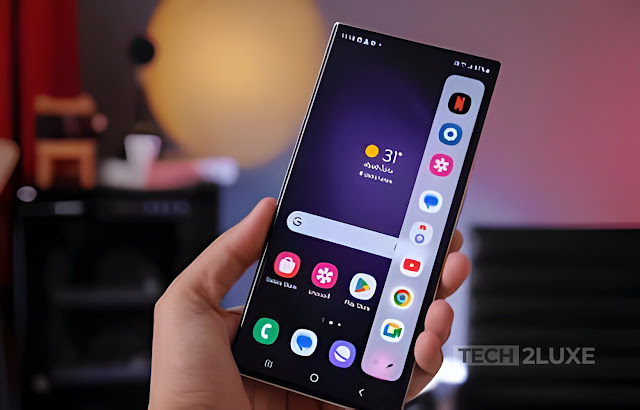Inclusive Access: Why Focusing on Affordable Gadgets Can Bridge the Digital Divide
Bridging the Gap
In today's digital world, access to technology plays a vital role in bridging the gap between different communities and ensuring equal opportunities for all. However, there are still significant disparities in access to digital resources, creating a "digital divide" that hinders progress and limits opportunities for certain populations. To address this issue and promote inclusivity, it is crucial to focus on affordable gadgets and make them accessible to everyone.
Breaking Down Barriers
The digital divide refers to the gap between those who have access to digital technologies and those who do not. This divide can be influenced by various factors such as income, location, age, and education. By focusing on affordable gadgets, we can break down the barriers that prevent individuals from accessing these technologies.
Closing the Digital Divide
Access to technology is no longer a luxury but a necessity in today's interconnected world. It affects everything from education and employment to healthcare and social connections. However, the cost of gadgets and internet services can be prohibitive for many individuals and communities, leading to a significant digital divide.
To bridge this gap and ensure inclusive access, it is essential to make affordable gadgets available to everyone. By doing so, we create equal opportunities for all individuals to participate in the digital age and reap its benefits.
Inclusive Access
Inclusive access is the key to bridging the digital divide. It means providing everyone, regardless of their socio-economic background, with affordable gadgets that can connect them to the digital world. By focusing on inclusivity, we can ensure that no one is left behind and that everyone has the opportunity to thrive in the digital age.
When it comes to inclusive access, it is not just about providing affordable gadgets, but also about making sure that individuals have the necessary skills and knowledge to use these technologies effectively. Digital literacy programs and training initiatives are essential components of inclusive access, as they empower individuals with the skills they need to navigate the digital landscape.
Inclusive access is not only about providing gadgets and training; it also involves creating an environment that is welcoming and accessible to everyone. This includes considerations such as creating user-friendly interfaces, providing multilingual support, and ensuring that digital content is accessible to individuals with disabilities. By adopting inclusive design principles, we can break down barriers and make technology accessible to all.
Affordable Gadgets
Affordability is a critical aspect of inclusive access. By focusing on affordable gadgets, we can ensure that people from all walks of life can afford to purchase these devices and participate in the digital world. Affordable gadgets come in various forms, including smartphones, tablets, and low-cost laptops.
One of the key advantages of affordable gadgets is their versatility. They can perform a wide range of tasks, from accessing the internet and social media to creating and editing documents. For individuals who cannot afford expensive gadgets, these affordable alternatives can be a lifeline, enabling them to access educational resources, job opportunities, and essential services.
Furthermore, affordable gadgets can also serve as a tool for empowerment. By providing individuals with the means to access information and connect with others, these gadgets open up new possibilities and foster creativity and innovation.
It is crucial for governments, non-profit organizations, and private sectors to collaborate and invest in initiatives that promote the availability and affordability of gadgets. By reducing the cost of gadgets and internet services, we can eliminate financial barriers and ensure that everyone has equal access to the digital world.
The Way Forward
The digital divide is a complex and multifaceted issue that requires a comprehensive and collaborative approach. While focusing on affordable gadgets is a crucial step, it is not a standalone solution. It should be complemented with efforts to improve internet infrastructure, develop digital literacy programs, and address other barriers such as language and accessibility.
By bridging the digital divide and promoting inclusive access, we can unlock the full potential of technology and create a more equitable and prosperous society. It is not just about providing affordable gadgets; it is about empowering individuals, building communities, and fostering a world where everyone can thrive in the digital age.






